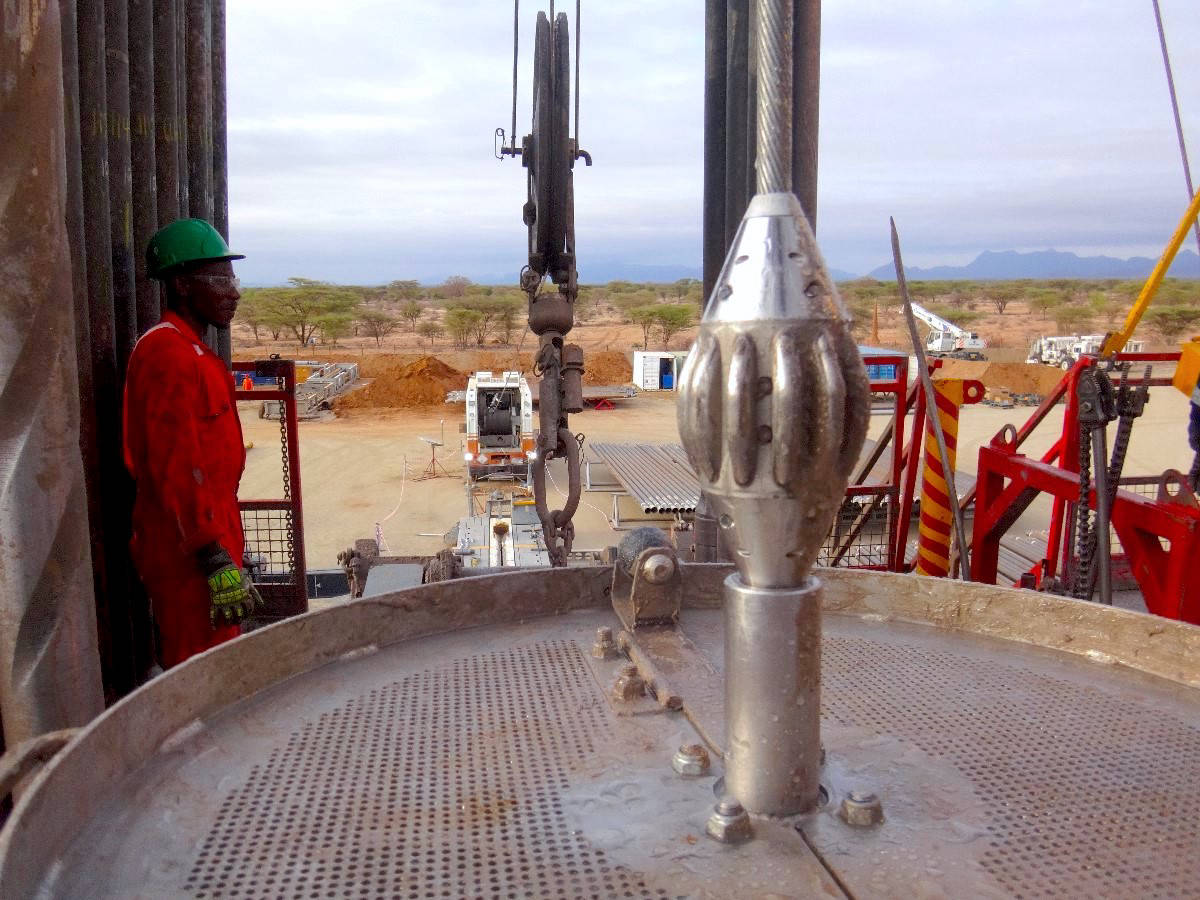





New to GCPS? See our explanatory video.

A model is created to calculate the cable thrust at different points in the well.

Well parameters, petrophysical data and pore pressures can be incorporated to assess the risk of differential sticking.

Benchmark Plot
The Benchmark Plot compares the operational risk with our local and global sticking databases, allowing the need for Wireline Standoffs (WLSOs) to be evaluated.

Spider Plot
The Spider Plot summarizes the overall conveyance risk:
• Keyseating risk
• Differential sticking limit
• Cable thrust over mud cake
• Available pull at the cable head
• Tension transmission at the cable head

Wireline standoffs (WLSOs) are precision mechanical clamps that attach to logging cable to suspend it above sticky zones.
Wireline standoffs (WLSOs) are arranged in arrays to cover the risk zones in the well. The number of standoffs is dependent on the number and size of the risk zones.
Wireline Standoffs (WLSOs) are typically deployed on a quarter of modelled wells.

Wireline standoffs (WLSOs) reduce cable contact with the formation by >99%. They also improve tension transmission to the cablehead in case of a stuck tool.
The average number of WLSOs deployed in one run is 33.
The average spacing of WLSOs is 55ft (~17m).

Wireline standoffs (WLSOs) fit all cables. Precision cable inserts fit every logging cable in the industry.
Wireline standoffs (WLSOs) are available in different sizes from 1.95" to 2.95" to suit different drill pipe internal diameters.
Wireline standoffs (WLSOs) are tapered to ensure they can easily pass restrictions in the well.

It takes under 1 minute to install a WLSO with our latest express kit.
The standoff is fixed with 4 bolts made up to a fixed torque before removing the lanyards and running in hole.
Lanyards are attached to each half of the standoff to prevent dropped objects. All hand tools are tied off.

With the job safely completed, WLSOs are removed from the cable.
Depth alarms are set to ensure that the winch operator stops at the correct depths in order to remove the WLSOs.

GCPS has been used extensively, with hundreds of hole sections modelled with Wire-pro and thousands of WLSOs run worldwide.

Wireline standoffs remain firmly attached to the wireline cable and have never been lost in hole.
Slippage is carefully monitored after each run and no slippage has ever been recorded.


Wireline standoffs (WLSOs) are designed with strip-over (or cut-and-thread) fishing in mind.
Prior to every job, drill pipe sizes are checked to ensure that fishing is feasible.
Strip-over fishing has been successfully performed over wireline standoffs.

Having an experienced Gaia Conveyance Specialist at the wellsite is key to the success of GCPS.
All Gaia Conveyance Specialists have extensive wireline logging experience and have completed GCPS training.
The Gaia Conveyance Specialist ensures the operation is performed safely and efficiently, ensures correct configuration and placement of wireline standoffs, and can advise on wireline conveyance and contingency planning.
Most Gaia Specialists are also trained as QA/QC specialists. Having 2 specialists at the wellsite gives 24 hour cover for both QA/QC and GCPS.

All our equipment complies to manufacturing, maintenance, and inspection standards.